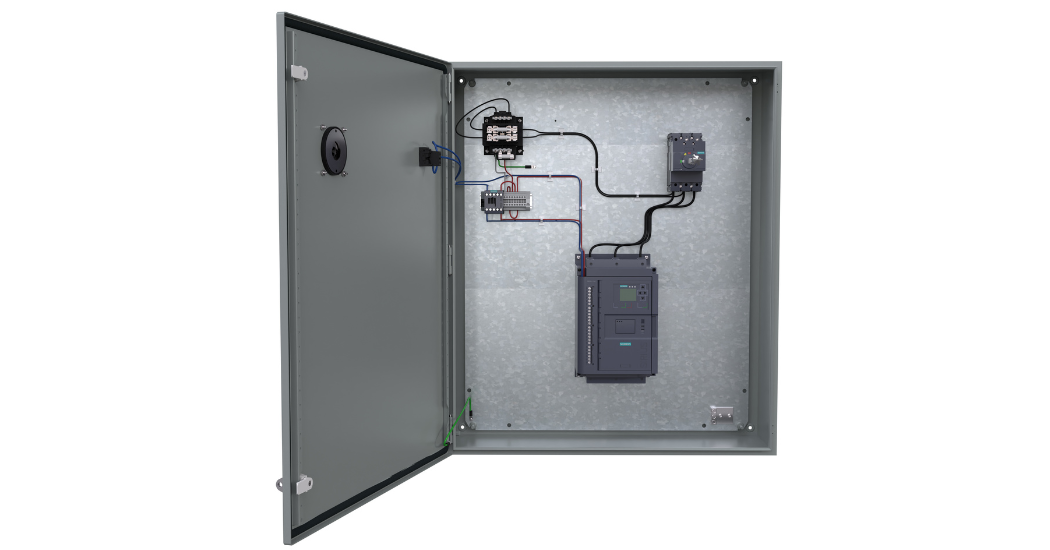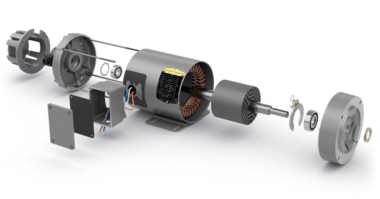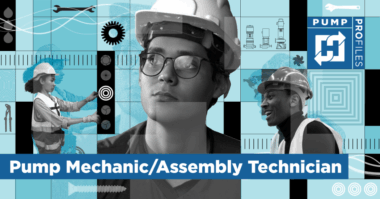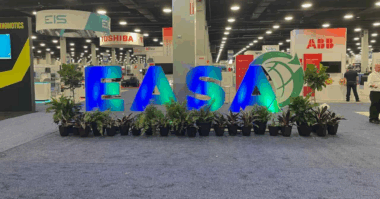The gradual starting and stopping of pumps, combined with surge protection, improves performance, reduces wear and tear, and extends the life of equipment. With growing demands for SPDs (Surge Protection Devices) for all applications—due to the expanding National Electric Code (NEC) requirements— Surge protection solutions are also crucial for full facility protection.
Per NEC 2020, Article 708.2, defines Critical Operations Power Systems as one that affects business continuity and a UL listed SPD must be installed to be compliant with this code. SPD installation is a best practice to meet this NEC requirement, protect critical equipment from surges, and avoid unexpected downtime. Properly-sized Siemens SPDs protect facility equipment from surge events, keeps your pump running, prolongs the lifetime of your motor, and protects sensitive signal lines communicating from measuring equipment to the PLC.
Motor starters and variable frequency drives (VFDs) are required to reduce the inrush current and torque for motors that don’t require speed control when operating. A VFD lowers the inrush current but can also reduce the rpm while the motor is operating. In reduced voltage scenarios, soft starters influence the stopping and starting of the motor and can lower the stress to the machine, load, and line. Soft starters have a smaller footprint than a direct on-line and Delta starters and are less expensive than a VFD. Soft starters are the most compact solution for motor starting in fixed speed applications.
One of the biggest advantages of using soft starters is their ability to prevent water hammer. While it may look and sound harmless, the impact force on the valve—caused by the fluid’s momentum—can create pressure spikes that may exceed ten times the working pressure of the system. These sudden stoppages of flow and the resulting increases in pressure from the shock waves can cause significant damage to the overall piping system either due to a singular event or by cumulative damage occurring over time.
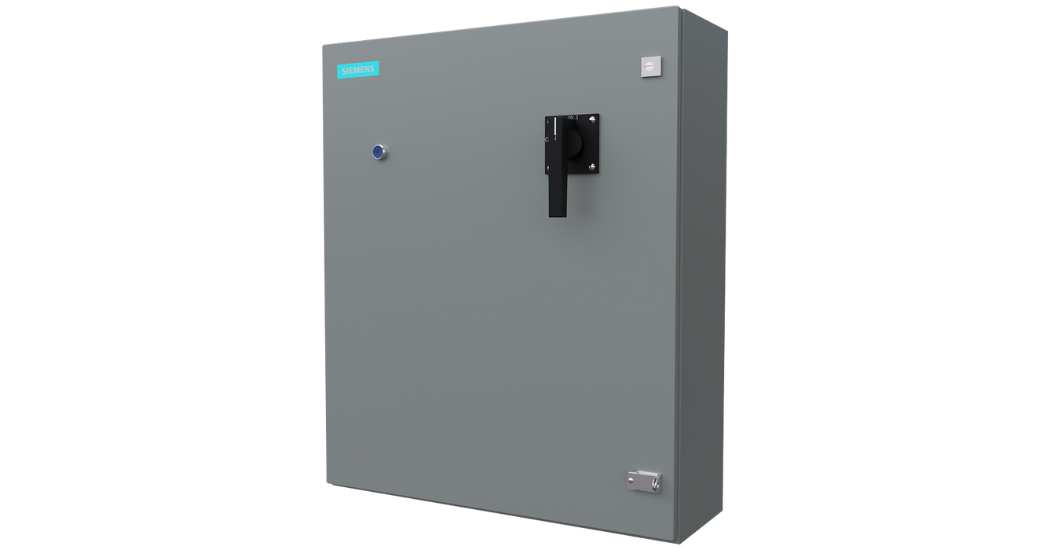 Ignoring water hammer can ultimately result in the catastrophic failure of your flow system. The long-term effects of water hammer can include:
Ignoring water hammer can ultimately result in the catastrophic failure of your flow system. The long-term effects of water hammer can include:
- Pump and Flow System Damage
Repeated water hammer may also cause significant damage to pumps, existing valves, and instruments, lead to the catastrophic failure of gasketed joints and expansion joints, and affect the integrity of pipe walls and welded joints. - Leaks
Water hammer can damage fittings, joints, and connections, resulting in leaks. These leaks often start slowly, gradually increasing in intensity over time. Smaller leaks may go unnoticed for a long time, leaving surrounding equipment susceptible to damage. - Ruptured Pipes
Ruptured pipelines due to pressure spikes are especially expensive to repair. Rupture results in local pipeline failure and can cause the entire system and other equipment to fail. The ensuing damage can be extensive, often entailing major replacement operations. - External Property Damage
If left unchecked, water leaks can damage electrical equipment and or lead to the corrosion of equipment or infrastructure. - Accidents
Pipeline rupture can also endanger the health and safety of employees and maintenance personnel. Depending on the industry and specific facility, unmanaged leaks can also increase the risk of slips, falls, and electrocution. - Downtime/Maintenance
Property damage can lead to costly repairs or equipment replacements. Additional financial losses may also be incurred due to downtime required for additional maintenance, repairs, or installations.
Motors play a critical role, and their performance should be optimal and dependable without failure. The Siemens 3RE47 RVSS Pump Panel soft starter ensures that. The motor is adjusted to the load of the driven machine with a stepless control of the voltage supply.
It is essential that immediate action is taken at the initial signs of water hammer. Failing to do so will ultimately result in system-wide damage and may spread beyond the flow system to other equipment or facility infrastructure.
For more information about the Siemens 3RE47 Enclosed Soft Starter, please follow this link.

